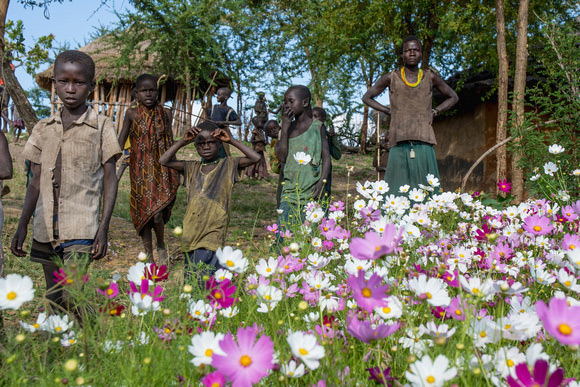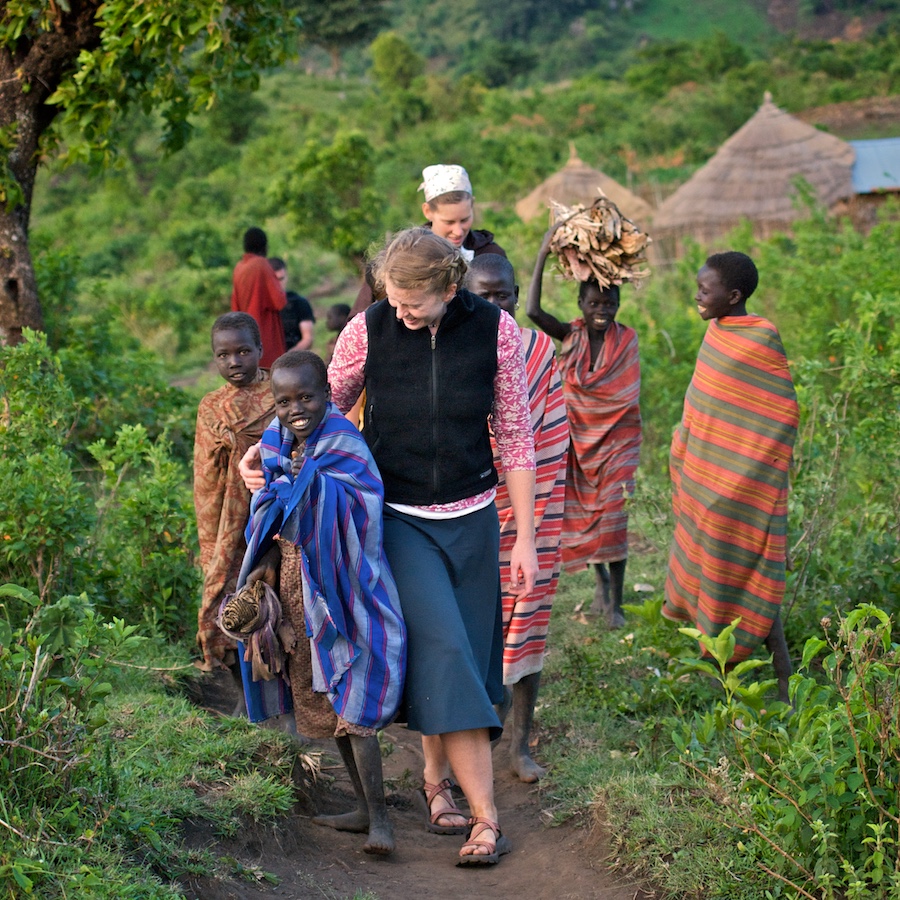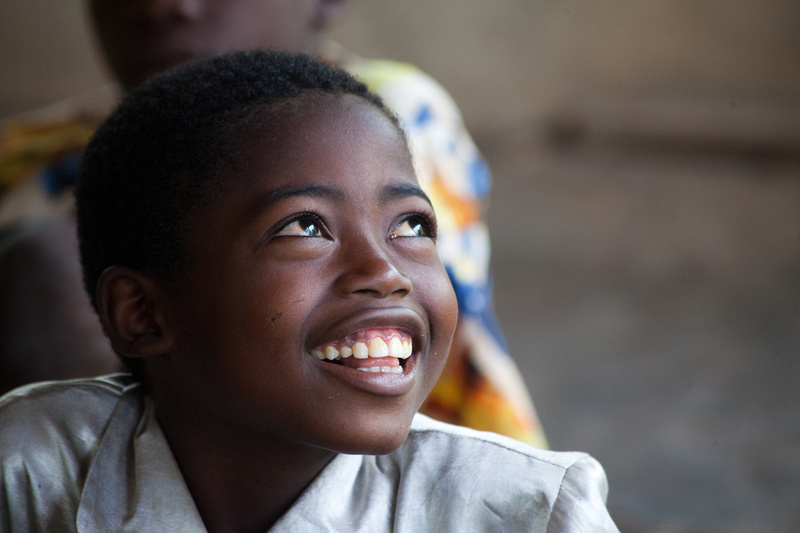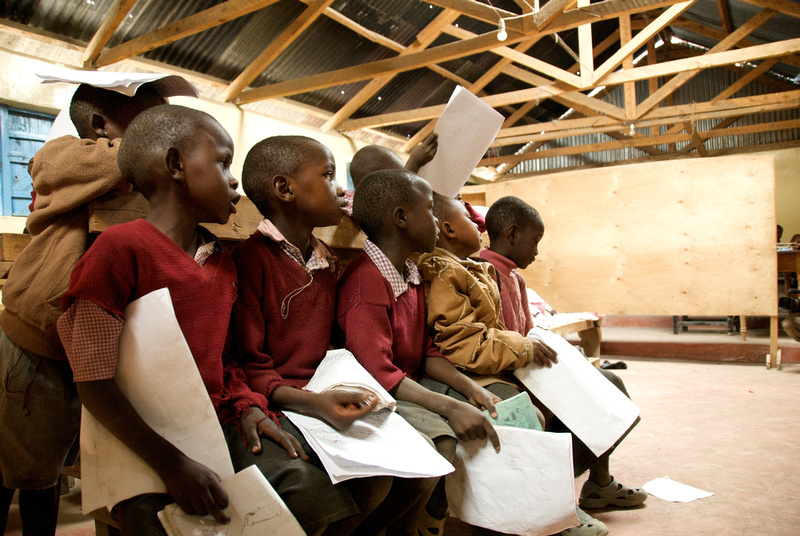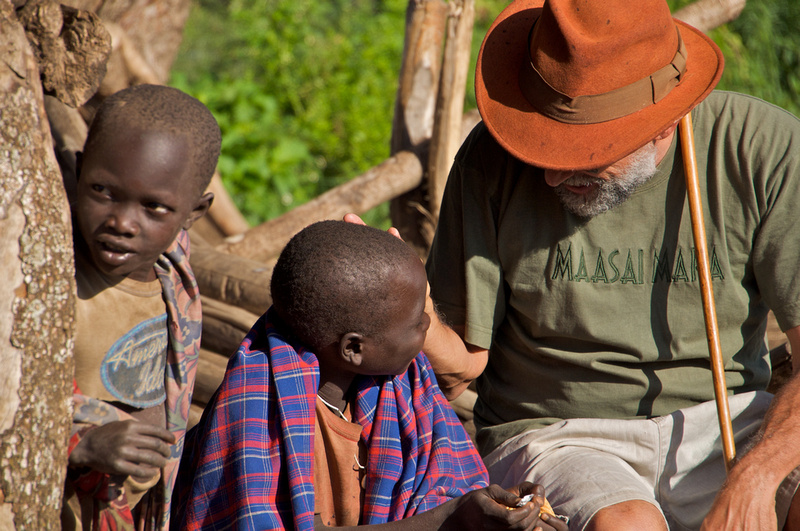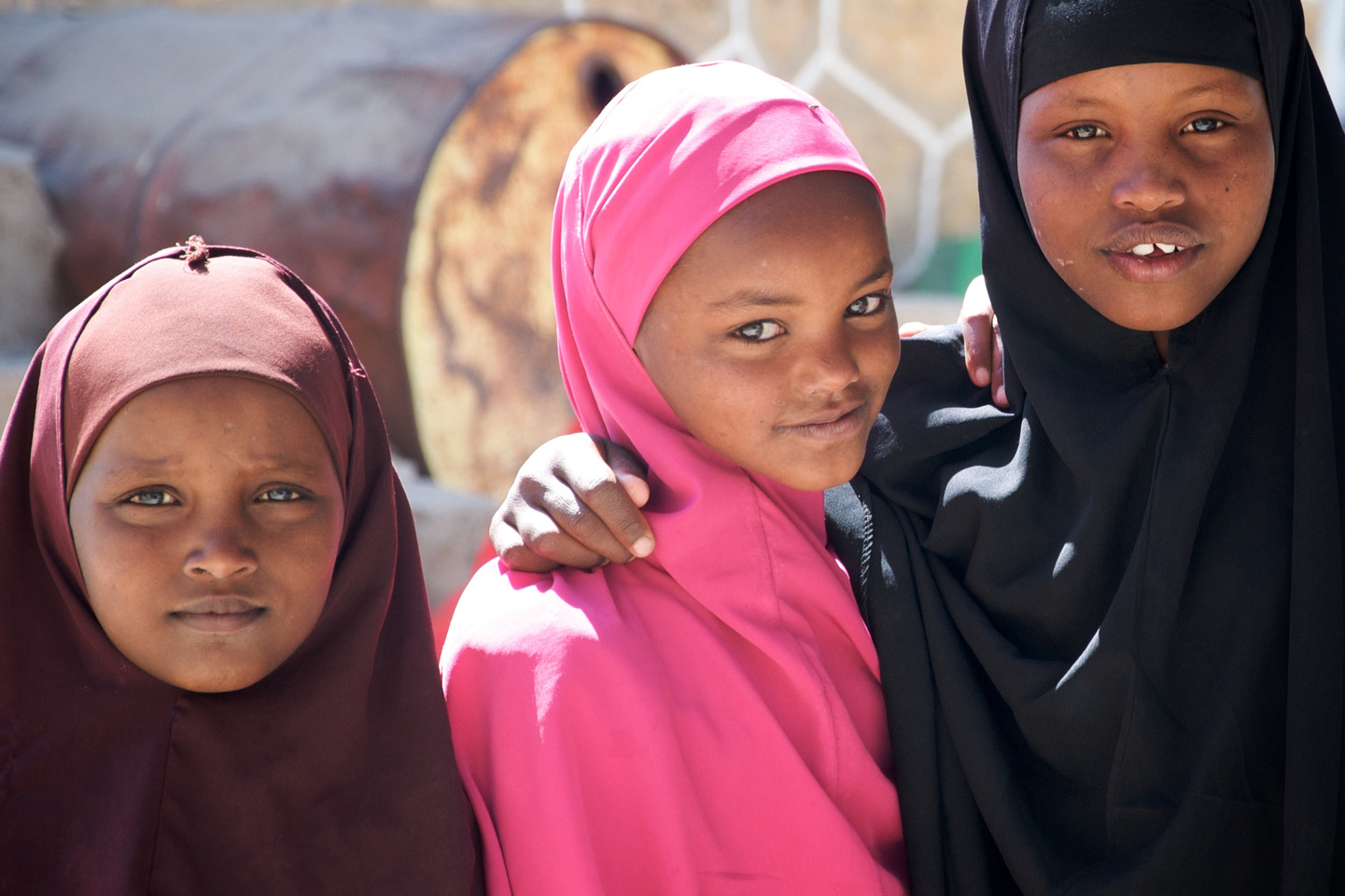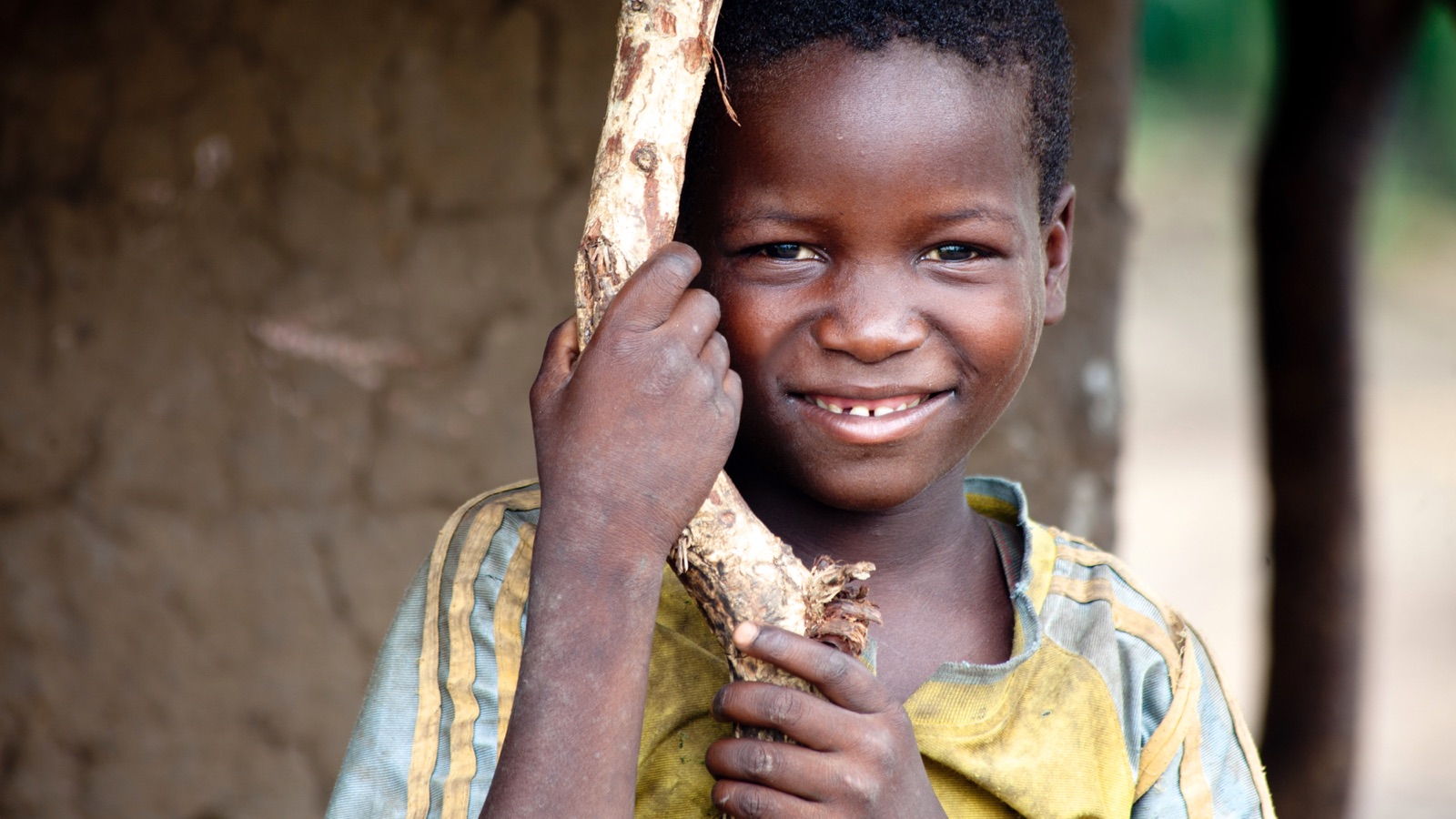AIM Child Safety Code of Conduct
Updated July 2019
Preamble
This Code of Conduct sets out expectations for all ministry related interactions with children. It applies to all AIM personnel, whether volunteers or members, and to anyone involved in an AIM-led event or ministry. It is the responsibility of anyone who has a visitor engaging in an AIM ministry activity to ensure that this Code is followed.
The Code of Conduct is aimed at reducing the risk of harm to children by setting out a general standard of behaviour for all personnel. It also protects personnel from their interactions being misunderstood or misinterpreted.
The expectation is that adults act in a mature, responsible manner and with a high degree of self-awareness. It also requires that the adult is aware of and sensitive to cultural norms surrounding acceptable behaviour towards children.
It is the responsibility of members to address any inadvertent minor breaches of this Code with the person concerned. If actual harm or abuse has occurred or if there appears to be a deliberate or repeated non-compliance of any part of this Code, then it should be reported to the relevant Regional Executive Officer.
The purpose of this document is not to create fear. Rather it is designed to create a high level of trust and confidence in AIM as a safe place for children by describing appropriate conduct for adults. It also protects personnel from being placed in situations which are subject to misunderstanding or accusation.
The main two principles for prevention of abuse are: low isolation and high accountability. Where one is not possible then the other should be increased.
- Low isolation
- All interaction with children should be as visible to others as is possible and practical.
- Wherever possible, ministry with children should be conducted by two non- related adults.
- When conducting activities, care should be taken to ensure that rooms will have doors open or have doors with glass panes installed and classroom windows that allow activities to be easily visible to others.
- An adult should never be in a closed bathroom with a child- keep the door open and have other children in the vicinity or another adult present.
- In an emergency, where no other adult is available, ensure that others know the circumstances and that these are documented.
- High accountability
- A child should never be taken from their parents’ supervision without parental knowledge and permission.
- Parents are ultimately responsible for assuming the care and supervision of their children outside of organised AIM activities.
- Personnel are expected to call each other to account and point out any inadvertent violation of the Code.
- Personnel should avoid situations where there is a risk of motives being misunderstood.
- When a member recognises that they may have acted in an unwise or inappropriate manner they should inform their Unit leader or immediate supervisor – this demonstrates high accountability.
- It is the responsibility of all personnel to report any high- risk situation to their Unit leader or supervisor.
- Physical touch
Children thrive on affectionate, tender expressions of care and love. AIM’s expectation is that personnel use common sense and wisdom in their interactions with children. Healthy touch should always be expressed in an appropriate and culturally sensitive manner.
It is not possible to cover every eventuality or situation. However, the following guidelines apply:
- Physical touch should always be age- appropriate.
- Physical touch should always be in response to the needs of the child- not the adult.
- Physical touch should always be visible to others and not secretive.
- Any resistance from a child to a hug, handholding or any form of touch should be respected.
- Touch should never be sexualised or perceived to be sexually motivated.
- Adults should avoid doing anything of a personal nature that children can do for themselves.
Not permissible:
The following behaviours are inappropriate or are subject to misinterpretation and shall not be engaged in.
- The touching of buttocks, chest, thighs and genital areas*; sleeping in or on a bed with a child; any form of physical affection which is unwanted by the child -whether over or under clothing.
- It is never acceptable to assault or physically harm a child.
- Discipline should be used to teach and correct rather than punish.
- Parents may use physical discipline on their children. Otherwise corporal punishment is not permitted.
*Unless the context is care of babies with the full knowledge of the parent and accountability to child -care principles as above.
- Non-physical interaction
- All interactions with children, including verbal, should communicate care and respect for the child.
- All verbal interaction should avoid belittling, humiliating, frightening or shaming a child.
- Preferential treatment or gift giving in order to build an exclusive relationship is to be avoided.
- It is not acceptable to make comments that might be interpreted or understood as sexual, seductive, or flirtatious.
- It is not acceptable to share any material with a child which is sexual, age inappropriate or explicit in nature. All games, jokes, videos, and conversation should avoid any content which is sexually suggestive or has the intention of stimulating a child.
- Technology and social media
- Adults shall avoid one- on- one private digital communication with unrelated children.
- In any ministry with children which involves IT, it is the responsibility of the adult to ensure that the child has no access to unsuitable, explicit, violent or sexual content.
- Use caution when posting photos of children online, taking into consideration parental consent,
- When uploading images of local children online, wherever possible, seek parental permission first and be sure to protect the privacy, integrity and the dignity of the child.
Agreement of compliance
I (print name) _________________________________have read and agree to comply with the above Code of Conduct.
Signature:_________________________________
Date________________________
Click here for AIM Child Safety Code of Conduct PDF
